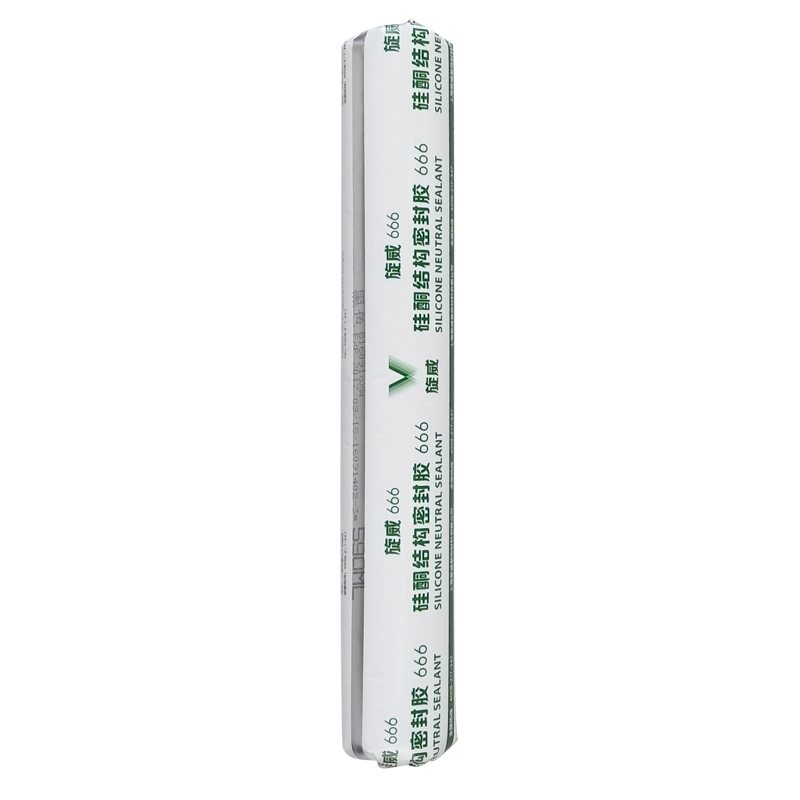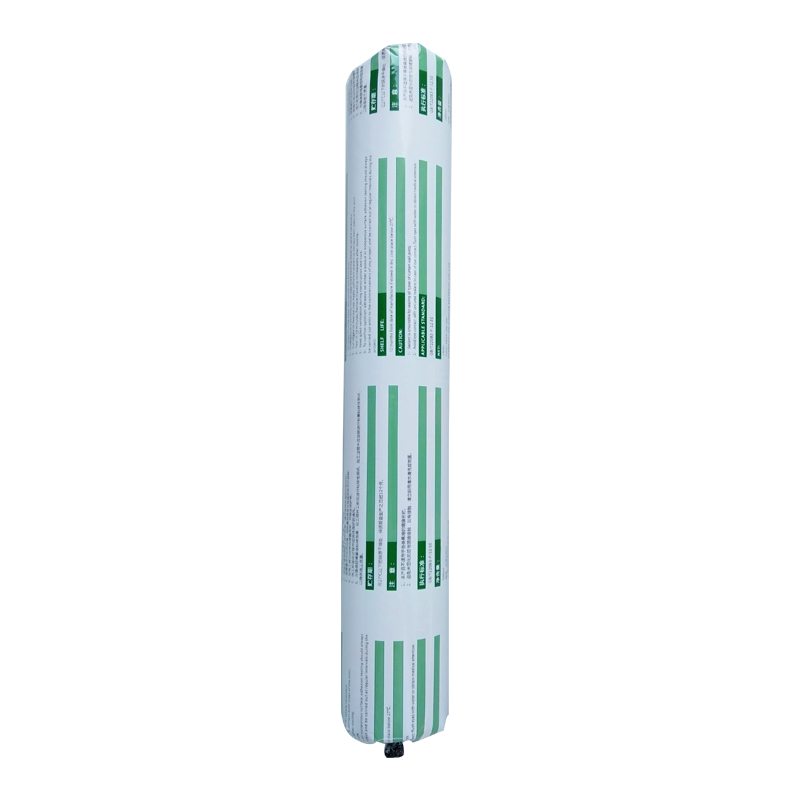Best Price on SV-666 General Use Neutral Sealant Supply to Thailand
Short Description:
Description SV-666 neutral silicone sealant is a neutral curing glue single component, the modulus of the. It is specially designed for windows and doors caulking sealing general plastic doors and windows. It has good adhesion to glass and aluminum alloy, and has no corrosion. Where to use It is fit for multiple purpose sealing and bonding applications to form a silicone rubber adhering to adjacent substrates e.g. glass, ceramic, tile, wood and metal. Key Features 1. 100% silicone 2. Eas...
Gaining customer satisfaction is our company's aim forever. We will make great efforts to develop new and top-quality products, meet your special requirements and provide you with pre-sale, on-sale and after-sale services for Best Price on SV-666 General Use Neutral Sealant Supply to Thailand, Welcome to build the well and long standing business relationships with our company to create a glorious future together .customers' satisfaction is our eternal pursuit
Description
SV-666 neutral silicone sealant is a neutral curing glue single component, the modulus of the. It is specially designed for windows and doors caulking sealing general plastic doors and windows. It has good adhesion to glass and aluminum alloy, and has no corrosion.
Where to use
It is fit for multiple purpose sealing and bonding applications to form a silicone rubber adhering to adjacent substrates e.g. glass, ceramic, tile, wood and metal.
Key Features
1. 100% silicone
2. Easy to use
3. Waterproofing and weatherproofing
4. Primerless adhesion to most building materials
5. 12.5% movement capability
Technical data sheet
| Test standard | Test project | Unit | value |
| Before curing——25℃,50%R.H. | |||
| GB13477 | Flow, sagging or vertical flow | mm | 0 |
| GB13477 | surface drying time(25℃,50%R.H.) | min | 30 |
|
GB13477 |
Operating time | min | 20 |
| Curing time(25℃,50%R.H.) | Day | 7-14 | |
| Sealant curing speed and operating time will have different with different temperatures and temperature, high temperature and high humidity can make sealant curing speed faster, rather low temperature and low humidity are slower.21 days after curing——25℃,50%R.H. | |||
| GB13477 | Durometer Hardness | Shore A | 28 |
| GB13477 | The ultimate tensile strength | Mpa | 0.7 |
| Temperature stability | ℃ | -50~+150 | |
| GB13477 | Movement capability | % | 12.5 |
Certification
JC/T881-2001 12.5E;GB/T14683-2003 12.5E
Color
Black,White,Gray
Package
300ml in cartridge * 24 per box, 590ml in sausage *20 per box
Shelf life
12 months
Note
If you want the TDS or MSDS or other details, please contact with our sales person.
Turn fire into conductive ink and paint, then build electronic circuits, paper musical instruments and inputs for your Arduino boards!
Today you will learn how to make your own conductive ink to draw electronic circuits using the leftovers from your fireplace or BBQ! You can use this ink to draw circuits on paper and cardboard, learn about electronic circuits or play around with arduino boards like the Makey Makey to create paper musical instruments like pianos, digital drumsets, guitars, etc.
Conductive Ink is a great way to learn the basics of electronics. This a recipe that is non-toxic and extremely low cost. Comercial conductive inks cost around $10 to $15 for a small pen that may not last for much, specially if you want to draw large shapes or cover large surface areas.
This paint will just cost you cents to make using charcoil left from your fireplace or BBQ, a bit of black water paint and a bit of Elmer’s glue! That’s it!! The principle is that carbon dust is conductive so once you blend the charcoil from your fireplace and mix it with a bit of paint and glue you will have a paint that becomes conductive together with the carbon dust!
Now this is not as conductive as commercially available paints that use silver particles or industrial purified carbon, but it will be very useful to conduct very small currents, to turn on an LED or as inputs for Arduino boards. Please experiment with this and let’s find out how to make this paint much more conductive with other ready available, cheap materials. Please email us at info@makerboat.com or visit us at https://www.makerboat.com if you have any suggestions. Let’s create a Creative Commons, Open Source Conductive Paint!





